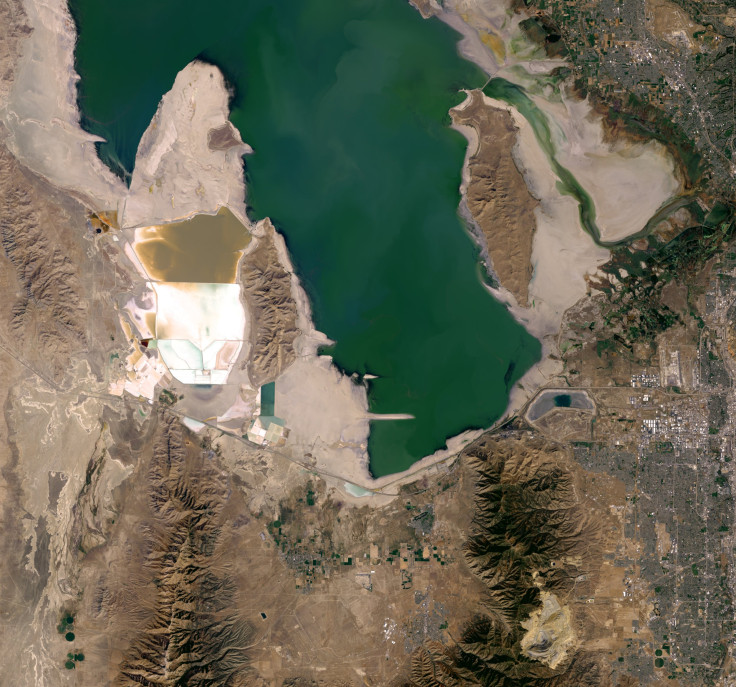Mars Alien Life Search Update: Utah’s Great Salt Lake Could Hold Clues

KEY POINTS
- Minerals emerged from the surface of Utah's Great Salt Lake
- Microbial life forms thrived in the minerals from the like
- Mars could also produce the same life-supporting minerals
The emergence of bacteria in the minerals found in the Great Salt Lake in Utah last year could provide clues regarding the existence or evolution of alien life on Mars. According to scientists, the Red Planet used to have the same environmental conditions that produced the mineral on Earth.
In October last year, salty sulfate crystals began to emerge from the depths of the Great Salt Lake. The minerals, which have been referred to as miralbilites, usually form on the northern side of the lake due to its salty features.
Although these minerals usually get washed ashore, the miralbilites ended up rising above the surface of the lake last year. Scientists believe this was due to the lake’s unusually low level in October.
“Mirabilite precipitates in the lake water, and it sort of gets washed ashore,” geologist Mark Milligan of the Utah Geological Survey said according to Atlas Obscura. “You [usually] get these windows of mirabilite. It can look … like a slushie or something.”
After analyzing the minerals, scientists discovered microbial life forms thriving in them. These include various bacterial strains such as the green cyanobacteria. These lifeforms are known to thrive in hostile environments. Their presence could also oxidize the sodium sulfate in the lake’s springs, which could lead to the emergence of more life forms.
According to scientists, the mounds of mirabilite on the lake, which reached an average height of 3 feet, were formed through a combination of water, cold weather and high concentrations of sulfate. Since previous studies have revealed that these conditions were once present on Mars, it is possible that mirabilite could also form on the Red Planet.
This could then lead to the possibility that these minerals could host microbial life on Mars.
“If there [are] sulfates on Mars, and there’s groundwater, what’s … fascinating and intriguing is the possibility that it could preserve life,” geochemist Elliot Jagniecki of the Utah Geological Survey said. “Things are entombed in the crystal … A tomb of bacteria.”
The scientists plan to continue monitoring the mirabilites and the microbial life forms in them to see if they will evolve when the summer changes.
© Copyright IBTimes 2025. All rights reserved.





















